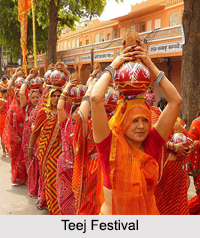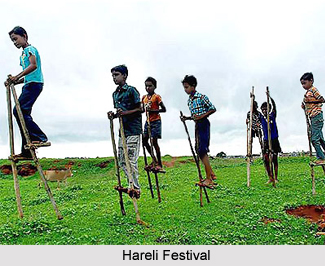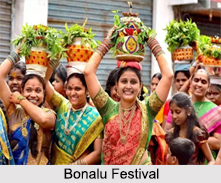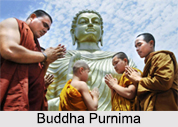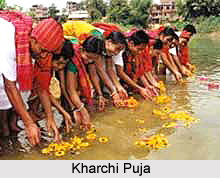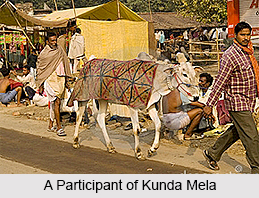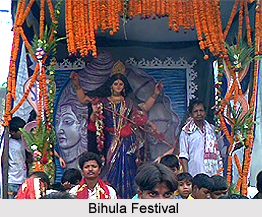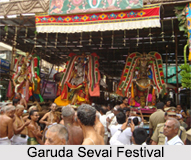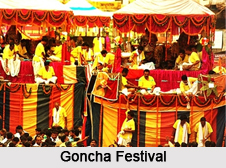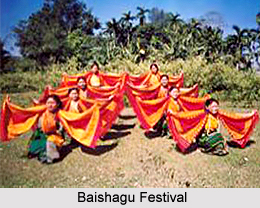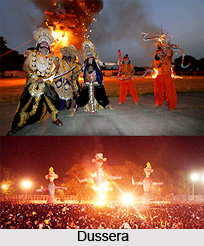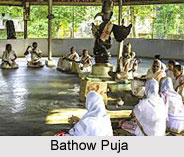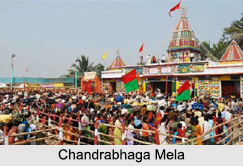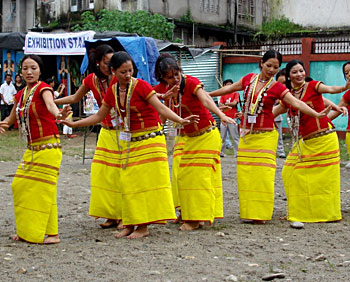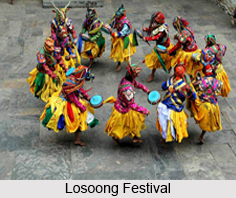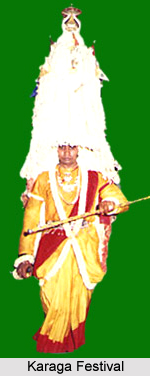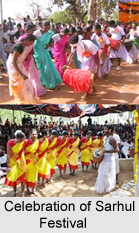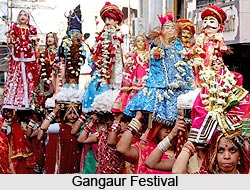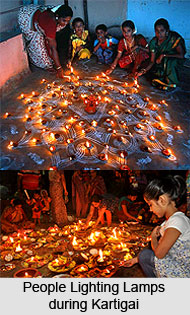 Kartigai is essentially a festival of lamps. The lighted lamp is a symbol of auspiciousness. It is believed to ward off evil forces and usher in prosperity and joy. While the lighted lamp is important for all Hindu rituals and festivals, it is indispensable for Kartigai. Not many are aware that Kartigai is one of the oldest festivals celebrated in Tamil Nadu, older than even Deepavali and Navaratri. Also, unlike most other Hindu festivals, Kartigai is basically a Tamil festival and is unknown in most other parts of the country. Many inscriptions in temples also refer to Kartigai. A mid-16th century inscription in the Arulalaperumal (Varadarajasvami) temple at Kanchipuram refers to this festival as Tirukartigai Tirunal.
Kartigai is essentially a festival of lamps. The lighted lamp is a symbol of auspiciousness. It is believed to ward off evil forces and usher in prosperity and joy. While the lighted lamp is important for all Hindu rituals and festivals, it is indispensable for Kartigai. Not many are aware that Kartigai is one of the oldest festivals celebrated in Tamil Nadu, older than even Deepavali and Navaratri. Also, unlike most other Hindu festivals, Kartigai is basically a Tamil festival and is unknown in most other parts of the country. Many inscriptions in temples also refer to Kartigai. A mid-16th century inscription in the Arulalaperumal (Varadarajasvami) temple at Kanchipuram refers to this festival as Tirukartigai Tirunal.
Legend of Kartigai
There is an interesting story behind the Kartigai festival of lamps. Long ago, once Lord Vishnu and Lord Brahma began to quarrel as to who was more powerful among the two. While they were fighting, Lord Siva appeared before them in the form of a huge pillar of fire. At that point of time, Brahma and Vishnu stopped quarrelling and decided to find the top and bottom of this fire pillar. Accordingly, Brahma assumed the form of a swan and moved upwards. Vishnu transformed himself into a boar and started digging into the earth. Even after several years of search, both of them were unable to find the ends of the pillar. Finally, they realised that the fire pillar was none other than Siva. Shortly later, Siva appeared as a hill (Arunachala Hill) at Tiru-vannamalai in Tamil Nadu. Indeed, the very names `Tiruvannamalai` and `Arunachala` mean the `holy fire hill`. The Sivalinga in the Siva temple here is the agni lingo, or fire linga. The tiny lamps lit during the Kartigai festival (Kartigai deepam) are believed to be the miniature replicas of the fire linga. Each year thousands of devotees from Chennai and elsewhere flock to Tiruvannamalai to see the spectacular Kartigai deepam there.
Variety of Lamps Lit During Kartigai
Lamps of various sizes, shapes and colours are lighted on Kartigai. Traditionally, the lamps lit in the temples and in the tinnai (front verandah) of the houses were the akalvilakku or small saucer-shaped mud lamps. Bigger lamps made of mud, stone and metal were lit inside the homes. The ancient Tamils even imported lamps from as far as Greece and Rome, through the ports of Arikamedu (near Pondicherry), Mallai or Mamallapuram and Mylai or Mylapore (a part of present day Chennai). One such imported lamp was a swinging lamp designed in the shape of a swan with the fish placed at the top appearing as if luring the swan below.
Another variety of lamp common in Tamil Nadu from very early times was the Lakshmi vilakku or Pavai vilakku. This lamp was in the shape of a statue of a woman bearing in her folded palms, the tahali or shallow bowl to contain the oil for lighting the lamp. The idea behind making such a lamp was perhaps to perpetuate the memory of the female donor by depicting her holding the lamp gifted by her to the Lord. Or else, the lamp was meant to give the donor a unique visual representation of her offering the lamp to God. At Arikamedu, archaeologists have unearthed a flat circular clay lamp having four nozzles or petals for four wicks. Another clay lamp discovered at this site has twelve nozzles.
Earlier, after Kartigai, most of these lamps, except those in daily use, were cleaned and stacked away, to be taken out only during the next Kartigai. In recent decades, changes in lifestyles and tastes have brought about changes in the Kartigai lamps too. Until recently, the humble akal vilakku was brought to the doorstep by the lamp-maker himself who carried his fragile wares on his head or on the back of a donkey. People purchased these lamps in dozens. Each family wanted to light more lamps than its neighbours. Now, these lamps are packed in colourful boxes and sold in prestigious departmental stores and handicrafts emporia as also in the annual lamp exhibitions organised to coincide with Kartigai.
Designer clay lamps are becoming popular among the younger generation. These lamps come in exotic shapes and are often decorated with painted designs, colourful stones, beads and zari-work. Many modern families in cities no longer prefer the oil lamps that stain the floor and the walls. Instead, they use scented candles including those shaped in the form of the akal vilakku. In flats having no balconies or open spaces, the single candle lit next to the entrance door, is a mute testimony to the hoary Kartigai tradition.
